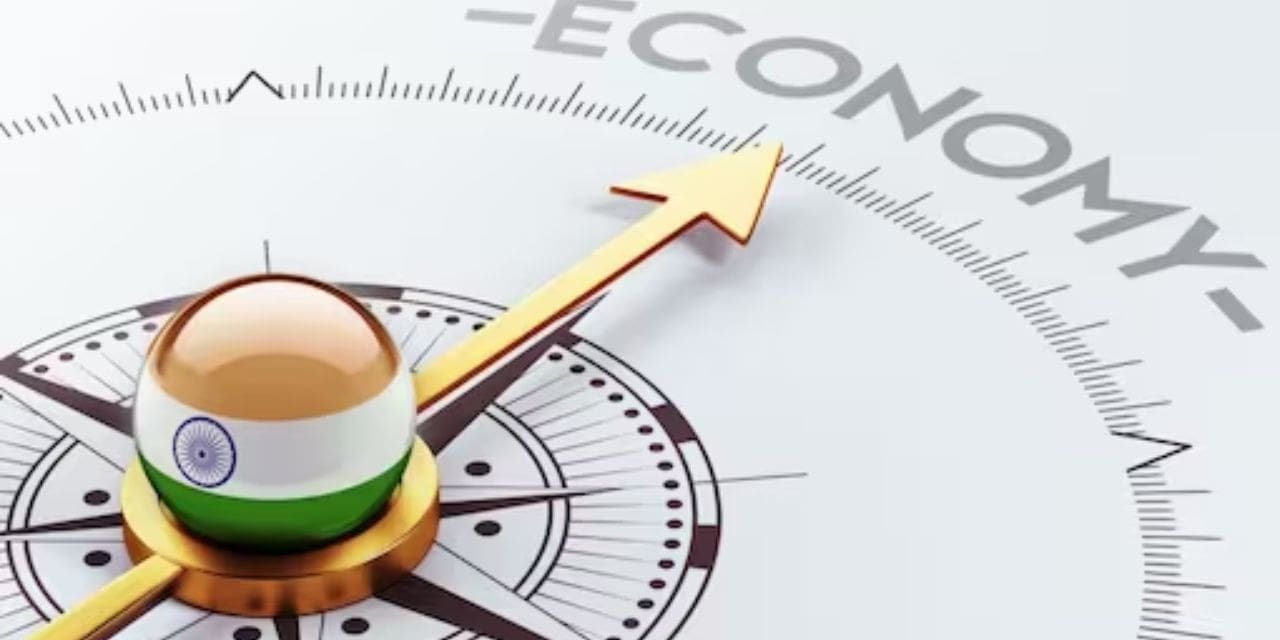Due to two significant indices that indicate steadfast economic growth, India is viewed as a bright spot in the otherwise bleak global economy. The nation’s manufacturing PMI increased to 57.2, signalling solid manufacturing activity, and the GST collection hit a new high of 1.87 lakh crore. But emotions in the textile and apparel (T&A) sector in India are deteriorating. Because of these and other causes, the demand for textiles has slowed, according to industry analysts.
“It is truly mysterious. Nobody clearly understands the persistently low demand. However, the current poor situation in the sector may be caused by the Russia-Ukraine war, high worldwide inflation, and changes in domestic lifestyle. TT Limited’s managing director and former Confederation of Indian Industry chairman Sanjay Jain According to Textile Industry (CITI).
Former South Gujarat Chamber of Commerce and Industry (SGCCI) President Ashish Gujarati has said that increased compliance across a number of businesses may be to blame for the record GST revenue. Through stringent requirements to pay tax on their firm, the new tax system drove industry hard. A higher PMI, according to him, demonstrates the strength of Indian manufacturing. However, bad sentiment in the textile business is being brought on by weaker export demand. The domestic market can help the textile value chain, but it has some restrictions. Despite the nation’s great economic growth and prosperity, the textile and garment industries suffer from customers’ low purchasing power.
India, according to Ravi Sam, chairman of the Southern India Mills Association (SIMA), is a manufacturing and export powerhouse. activities, is succeeding. However, the long-lasting recession that the textile industry is experiencing is a result of the weak demand for clothes and textiles. He also attributed the current weak demand on the more expensive Indian cotton. He clarified that cotton fibre is subject to an import tariff of 11%. Domestic pricing for the fibre are in direct competition with the price of imported supplies, which helped keep domestic prices higher. Indian cotton is sold at prices that are 10–13% more than those found worldwide. As a result, Indian exports lost their competitiveness on the international market. In the past year, Indian exports fell by about 23%.
In addition to industry organisations, the trade community believes that the mismatch between Indian cotton and the global downturn is the cause of the decreased demand. Trader Gulshan Kumar Jain from”India has 30–40% additional capacity in the textile sector, which can be satisfied by only export demand,” Ludhiana claimed. While more expensive cotton has made Indian exports less competitive. The sector is also concerned about global challenges.
Another trader from the Delhi market suggested that other domestic businesses may be operating well, which would increase PMI and GST collection. However, there are difficulties for the textile industry both at home and abroad. Compared to other industries, the Indian textile industry is highly reliant on export demand.

